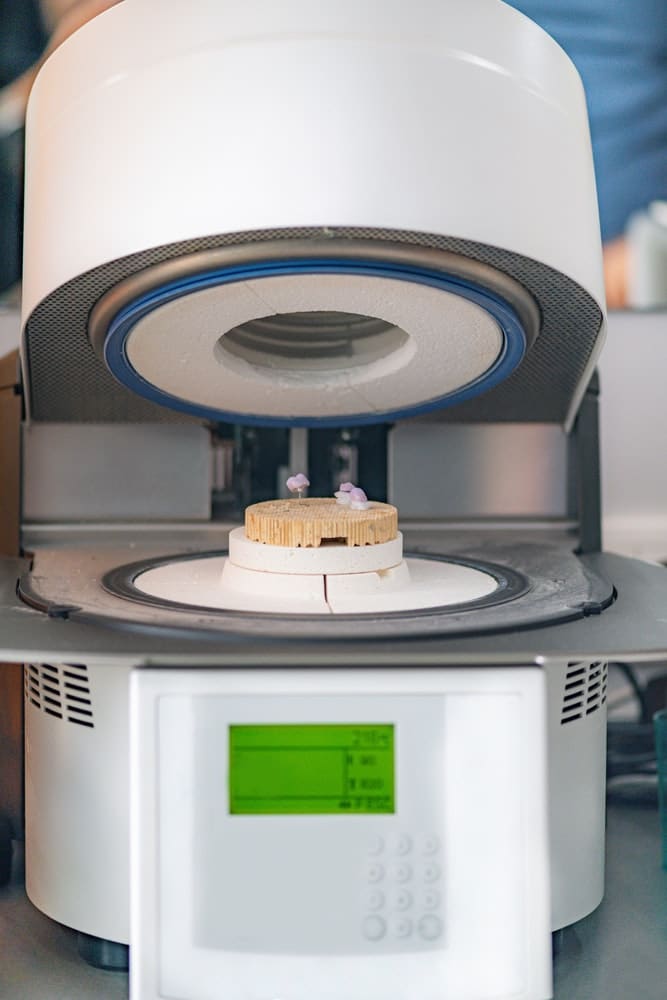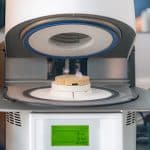Welcome to this deep dive into a cutting-edge field of medical science: prosthetics. In this era of rapid technological advancement, the prosthetic sector has seen some remarkable innovations, particularly with the rise of 3D-printing. Prosthetic limbs that were once generic and uncomfortable are now highly customized and tailored to fit each individual patient. This article aims to explore this evolution, focusing on how customized 3D-printed prosthetics can significantly improve the quality of life for amputees.
A Revolution in Prosthetic Design
The world of prosthetics has witnessed a revolution, thanks to the advent of 3D-printing technology. No longer are patients obliged to rely on standard-size prostheses. Instead, they now have access to customized, 3D-printed prosthetic limbs designed to fit them perfectly, thereby drastically enhancing their comfort and mobility.
Cela peut vous intéresser : Can Mindful Eating Strategies Help in the Management of Binge Eating Disorder?
In the past, a prosthetic limb was often an awkward and uncomfortable addition to the body. It was a device that constantly reminded the wearer of their disability. However, with the advent of 3D printing, a new era of prosthetic design has dawned. The technology has enabled the creation of prosthetic limbs that are not just functional, but also personalized to each patient’s unique physical characteristics. The resulting comfort and ease of use can significantly boost the wearer’s confidence and quality of life.
Digital design programs such as Google’s SketchUp and Autodesk’s Fusion 360 are commonly used to design these customized prostheses. These programs allow the prosthetist to create a detailed 3D model of the desired prosthesis based on precise measurements of the patient’s residual limb.
A voir aussi : What Is the Impact of a Gluten-Free Diet on Non-Celiac Gluten Sensitivity?
The Role of 3D Printing in Prosthetics
3D printing, also known as additive manufacturing, has been making headlines in various industries for its unrivaled potential to revolutionize traditional manufacturing processes. In the realm of prosthetics, the implications are particularly profound.
3D-printed prosthetics are made layer-by-layer, using a special type of plastic, metal, or even a blend of materials. The whole process is guided by a computer, which follows a digital 3D model of the prosthesis. This allows for a high degree of customization, catering to the unique needs and preferences of each patient.
3D printing also offers significant cost savings compared to traditional manufacturing methods. Prosthetic limbs can be expensive, often out of reach for many patients, particularly in developing countries. However, the cost of producing a 3D-printed prosthetic limb is significantly lower, making them a more affordable option for many.
Sierra Leone’s Pioneering Effort in 3D-Printed Prosthetics
Sierra Leone, a small country on the west coast of Africa, is a pioneer in the field of 3D-printed prosthetics. Despite its limited resources, the country has taken significant strides in harnessing the power of 3D printing to improve the lives of its amputees.
A notable example of this is the work of David Sengeh, a Sierra Leonean scholar and bioengineer. Driven by a desire to improve the quality of life for amputees in his home country, Sengeh has been working on developing and deploying 3D-printed prosthetic limbs. He has also been instrumental in setting up a prosthetics lab in Sierra Leone, equipped with 3D printers and scanners, where local technicians are trained to design and print prosthetic limbs.
Netherlands: A Leader in Quality and Innovation in Prosthetics
The Netherlands is another country that has taken the lead in innovative prosthetic design and manufacturing. The country’s researchers and engineers are at the forefront of exploring the potential of 3D printing in the creation of high-quality, customized prosthetic limbs.
A team of Dutch researchers, in partnership with a group of surgeons and engineers, recently developed a 3D-printed hand prosthesis that can mimic the movements of a natural hand. This ‘bionic hand’, as it is often referred to, is capable of performing complex tasks, such as picking up a pen or holding a glass, which were previously challenging with traditional prostheses.
In conclusion, the advent of 3D printing in the field of prosthetics has provided a big leap forward in terms of customization, affordability, and functionality. While there is still a long way to go, the progress so far suggests a bright future for amputees, with the promise of improved quality of life and greater independence. By investing in this technology, we are not only pushing the boundaries of what is possible in medical science, but also making a profound difference in the lives of those who have lost limbs.
The Power of Collaboration: Universities, Research Centers, and Prosthetics
In the Netherlands, the Radboud University Medical Center in Nijmegen has been a powerhouse of innovation in the field of 3D-printed prosthetics. A multidisciplinary team of researchers, medical professionals, and engineers is working tirelessly to advance the field, and their efforts are garnering international attention.
They have been able to find articles and research papers through platforms like Google Scholar and PubMed to stay on the cutting edge of medical design. Using this information, they create detailed design briefs for each custom prosthetic project. This ensures each prosthetic is perfectly tailored to the patient’s needs, resulting in a dramatic improvement in quality of life.
One of their groundbreaking projects is the development of a 3D-printed upper limb, dubbed the ‘bionic arm’. The team, led by Professor Van Der Stelt, used complex algorithms and advanced 3D printing techniques to create a prosthetic arm that closely mimics the functionality and dexterity of a natural arm. This has been a game-changer for amputees, enabling them to perform tasks that were previously unthinkable.
This leap forward wouldn’t have been possible without the collaborative efforts of multiple disciplines. The medical center’s approach represents a new way of thinking about prosthetics, where the focus is not just on replacing a lost limb, but on restoring the patient’s quality of life to the highest degree possible.
Conclusion: The Future is Bright for 3D-Printed Prosthetics
From the pioneering efforts in Sierra Leone to the state-of-the-art research in the Netherlands, the promise of 3D-printed prosthetics is becoming a reality. This technology is not just changing lives; it’s revolutionising the field of medical design.
Through the use of advanced digital design programs and additive manufacturing, we’re now able to create prosthetic limbs that are not only functional but also highly customized. This technology is leveling the playing field, providing a more affordable and accessible solution for amputees worldwide.
The revolution is not just in the end product, but in the process as well. With the ability to prototype and iterate quickly, we’re able to make continuous improvements and innovations in prosthetic design. This speed of progress is unprecedented in the medical field and guarantees that the future of 3D-printed prosthetics is bright.
In the long term, the ultimate goal remains the same: to improve the quality of life for amputees. However, the path to that goal is now paved with exciting technological advancements and a renewed focus on customization, functionality, and affordability. As we look to the future, it’s clear that 3D-printed prosthetics will play a significant role in enhancing the lives of amputees, restoring their independence and allowing them to lead more fulfilling lives.
So, let us keep pushing the boundaries of what is possible in medical science. By investing in 3D printing technology, we are not just improving the lives of those who have lost limbs; we are also strengthening our commitment to innovation, inclusivity, and improved healthcare for all.
















